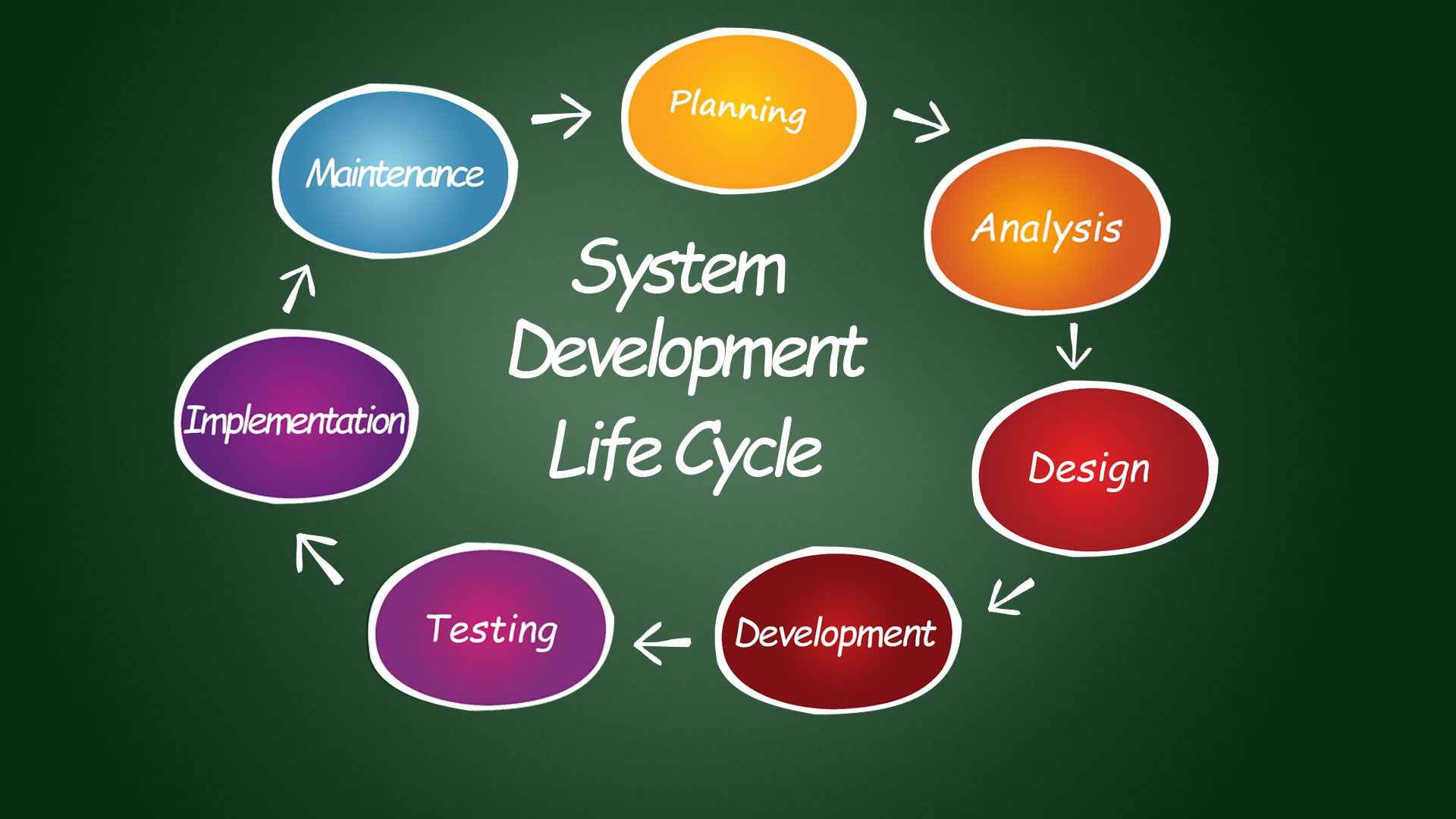
Understanding the Software Development Life Cycle (SDLC) in Web Development
The Software Development Life Cycle (SDLC) is a framework that outlines the various phases involved in creating software applications, including web development projects. SDLC provides a structured approach that helps developers and project managers ensure the final product is of high quality, meets user expectations, and is delivered on time and within budget. Let's explore how SDLC applies to web development, the stages involved, and why it's crucial for successful projects.
What is SDLC?
SDLC is a systematic process that breaks down software development into distinct phases. Each phase has its objectives, tasks, and deliverables, guiding teams through the planning, design, development, testing, deployment, and maintenance of a software project. In web development, SDLC helps manage the complexity of building websites and web applications by providing a clear roadmap from inception to completion.
Phases of SDLC in Web Development
Planning: The planning phase involves defining the project scope, goals, and objectives. In web development, this includes understanding the client’s requirements, target audience, and desired features for the website or application. Key activities in this phase include feasibility studies, resource allocation, and risk assessment.
Requirements Analysis: During this phase, developers gather and analyze the specific requirements for the project. This includes functional requirements (what the website or application should do) and non-functional requirements (performance, security, usability, etc.). Stakeholders collaborate to create a detailed requirements document, which serves as a blueprint for the entire development process.
Design: The design phase involves creating the architecture and design of the web application. This includes designing the user interface (UI) and user experience (UX), database structure, system architecture, and defining technology stacks (e.g., front-end and back-end frameworks). Prototypes and wireframes are often developed to provide a visual representation of the final product.
Development: In the development phase, the actual coding takes place. Front-end developers work on the user interface, ensuring it is visually appealing and responsive, while back-end developers focus on server-side logic, databases, and API integrations. Adhering to coding standards, testing throughout the process, and version control (e.g., using Git) are crucial practices in this phase.
Testing: Testing is a critical phase in SDLC where the web application is thoroughly tested to identify and fix bugs, performance issues, and security vulnerabilities. Different types of testing, such as unit testing, integration testing, functional testing, and user acceptance testing (UAT), are conducted to ensure that the application meets the specified requirements and functions correctly in all scenarios.
Deployment: Once the application has passed all tests, it is ready for deployment. The deployment phase involves publishing the web application to a live server or environment where end-users can access it. This step also includes setting up monitoring tools, load balancing, and ensuring that the deployment process is smooth, with minimal downtime.
Maintenance and Support: The maintenance phase is an ongoing process that involves updating the web application to fix bugs, enhance features, and ensure compatibility with new technologies or changing user needs. Regular updates, security patches, and performance monitoring are essential to keep the application running smoothly and securely.
Why is SDLC Important in Web Development?
Ensures High-Quality Deliverables: By following a structured approach, SDLC ensures that each phase of development is completed thoroughly, reducing the likelihood of errors and improving the overall quality of the final product.
Reduces Costs and Saves Time: SDLC helps in identifying potential risks and challenges early in the project, allowing teams to address them proactively. This reduces the chances of costly mistakes and rework, saving both time and money.
Improves Communication and Collaboration: SDLC provides a clear roadmap and timeline, facilitating better communication and collaboration among team members, stakeholders, and clients. It ensures everyone is aligned and working toward the same goals.
Enhances Flexibility and Scalability: SDLC allows for flexibility by accommodating changes and new requirements throughout the development process. It also ensures that the web application is scalable and can adapt to future growth or changing market conditions.
Popular SDLC Models in Web Development
There are several SDLC models that web development teams can choose from based on their project needs:
Waterfall Model: A linear approach where each phase must be completed before the next begins. It is suitable for projects with well-defined requirements but can be rigid and inflexible for web development.
Agile Model: An iterative approach that emphasizes collaboration, flexibility, and customer feedback. It is ideal for web development projects where requirements may change frequently.
Scrum: A specific Agile framework that uses short development cycles called sprints. Scrum is popular in web development for its focus on rapid delivery, continuous improvement, and stakeholder involvement.
DevOps Model: Combines development and operations to improve collaboration and automate the deployment process. This model is particularly useful for web applications requiring frequent updates and deployments.
Conclusion
The Software Development Life Cycle (SDLC) is an essential framework for web development projects, guiding teams through each phase from planning to maintenance. By following SDLC, web developers can deliver high-quality applications that meet client expectations, are delivered on time, and stay within budget. Understanding and implementing the right SDLC model can make all the difference in ensuring the success of a web development project.
By leveraging the SDLC effectively, web development teams can create robust, scalable, and secure applications that delight users and stand the test of time.